home
who we are
what we do
your role
sustainability
business zone
this is not your average packaging.

from
made

yes,
it's
stone™.
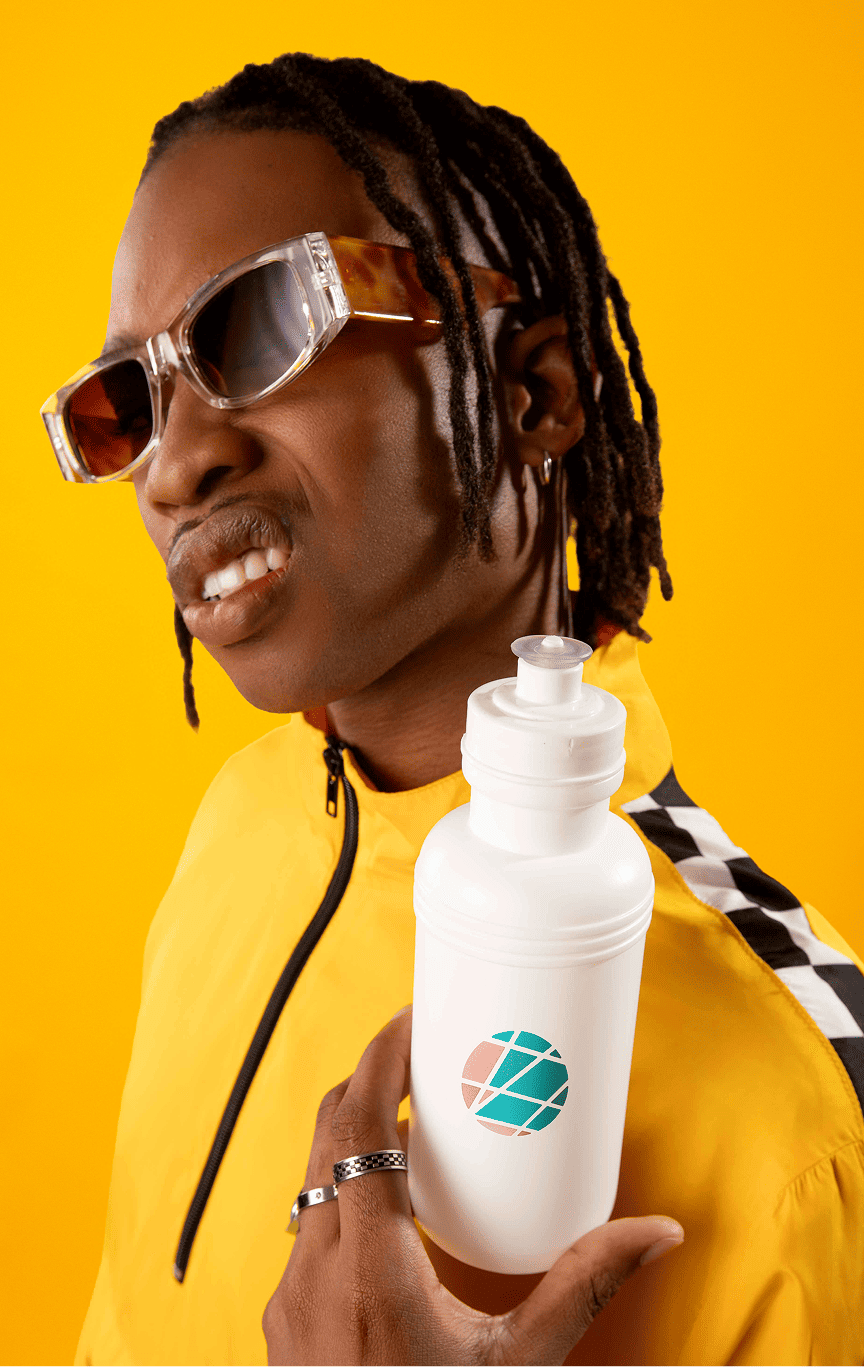
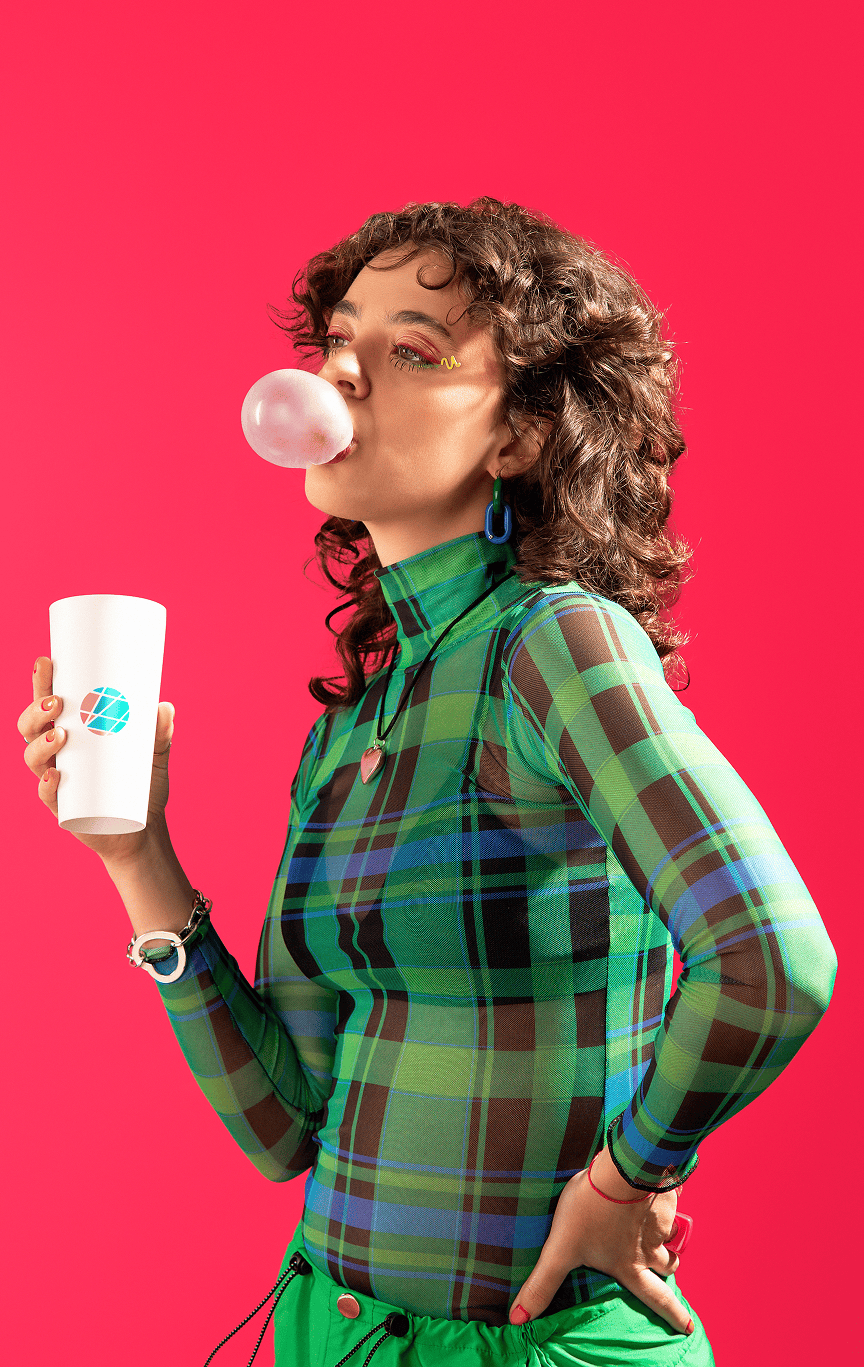

Made from Stone is a packaging
solution to plastic pollution and
climate emergency.
So simple it feels strange.
We're not
just throwing
stones.




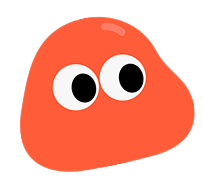

We're rebuilding
the packaging
industry.
up to
60% fewer emissions
up to
70% less plastic

We use calcium carbonate — that's a fancy name for stone — to replace a bunch of plastic (though not all of it... yet) and seriously cut down on climate impact.
The real flex?
We reduced the damage before this even hit your hands.
Now it's on you:
choose smart
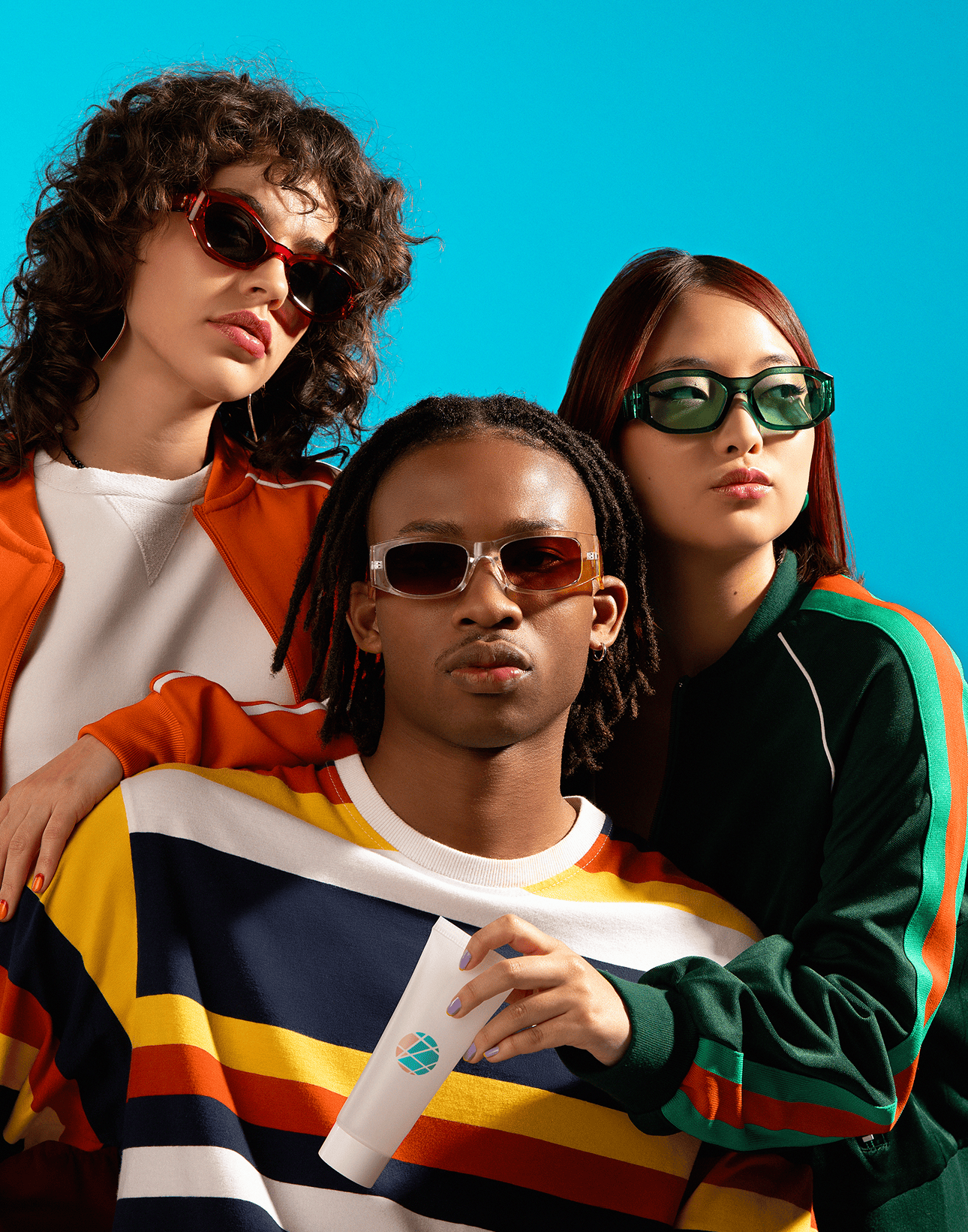
who are you
in this story?




